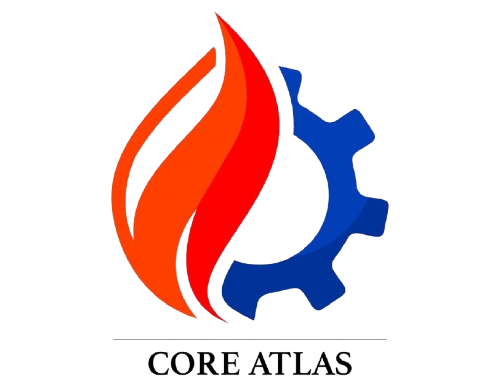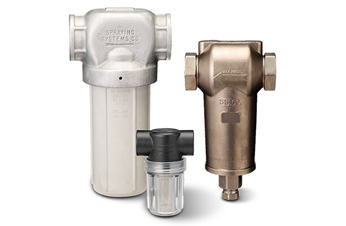Spray Systems
Category General
Spray Systems, designed to apply liquids or other substances in the form of fine droplets or mist over a surface or within a specified area. For precise application of liquids, such as corrosion inhibitors, coatings, or cleaning agents
Key Features:
- Efficient Liquid Distribution: Spray systems ensure uniform distribution of liquids across surfaces, ensuring even coverage and optimal results.
- Adjustable Flow Rate: Many spray systems allow for the adjustment of the flow rate, allowing for precise control over the amount of liquid or substance applied.
- Variety of Nozzles: Different types of nozzles can be used depending on the application, such as flat spray nozzles, full cone nozzles, hollow cone nozzles, and fine mist nozzles. Each nozzle type offers specific patterns and droplet sizes for different uses.
- Automated Control: Some advanced spray systems are equipped with automated controls that allow for remote operation, integration with sensors, and automatic adjustments based on environmental conditions or application needs.
- Customizable Configurations: Spray systems can be tailored to specific applications, such as adjustable spray angles, nozzle placement, or spray patterns to optimize performance for particular tasks.
- Energy and Water Efficiency: Many modern spray systems are designed to minimize waste by controlling the size of the spray droplets and reducing over-spraying.
How Spray Systems Work:
- Liquid Supply: A spray system typically begins with a liquid supply (e.g., water, chemicals, coatings, lubricants, etc.) that is pumped into the system.
- Pressure Generation: The liquid is pressurized using a pump to force it through the nozzles.
- Spraying Mechanism: The pressurized liquid passes through nozzles, which break the liquid into fine droplets or mist. The type of nozzle used determines the spray pattern and droplet size.
- Coverage Area: The mist or droplets are directed to cover the desired area, such as a conveyor belt, cooling tower, or agricultural field, based on the specific needs of the application.
- Collection or Drainage: In some systems, the sprayed liquid is collected after use for recycling or disposal, especially in cleaning, cooling, or coating applications.
Advantages of Spray Systems:
- Uniform Application: Spray systems offer consistent and uniform coverage of liquids or substances, ensuring efficiency and effectiveness in tasks like coating, cleaning, or spraying chemicals.
- Precision Control: Many spray systems allow for fine adjustments to control droplet size, spray pattern, and flow rate, which helps optimize the use of materials and energy.
- Energy Efficiency: By controlling the droplet size and applying only the required amount of liquid, modern spray systems are designed to be more energy and resource-efficient, reducing waste.
- Reduced Material Waste: With advanced nozzle and pressure control, spray systems minimize over-spraying and material waste, which is especially important in industries like agriculture and coating.
- Automation: Automated spray systems can be integrated with sensors, timers, and other control mechanisms to provide hands-off operation, improving efficiency and reducing labor costs.
- Versatility: Spray systems can be customized for a wide range of applications across multiple industries, from large-scale agricultural spraying to precision cleaning and coating tasks.

